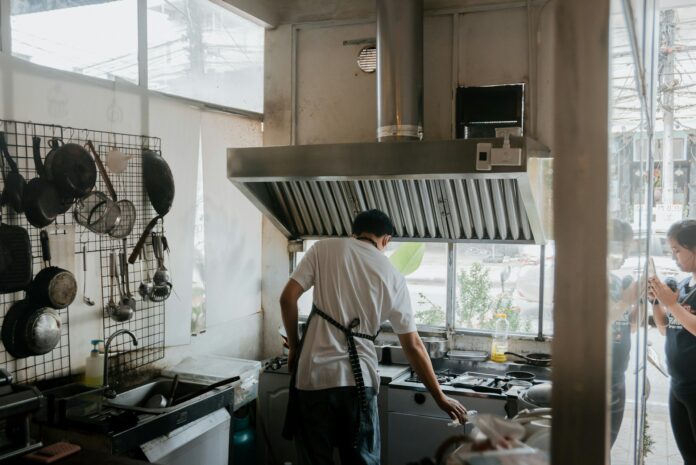California fast food operators accelerate AI integration to mitigate the financial impact of the new $20 hourly wage law
The fast food industry in California is rapidly embracing artificial intelligence (AI) technologies following the recent implementation of a $20 minimum wage for fast food workers. Harshraj Ghai, who operates 180 fast food outlets across the state, is at the forefront of this shift, incorporating AI-driven solutions to manage rising labour costs effectively.
Ghai’s response to the wage hike was swift, involving operational adjustments like reduced working hours and altered store hours to minimize less profitable times. However, the most significant change involves an aggressive push towards automating customer interactions, particularly through AI-driven ordering systems at drive-throughs.
This month, Ghai is piloting an AI system designed to handle orders at several locations, with plans for a wider rollout within the next year. While the technology promises efficiency, it currently struggles with accent recognition and background noise, which can hinder order accuracy. This challenge is not unique to Ghai’s operations; major brands like McDonald’s have also encountered similar issues in their AI implementations.
Despite these hurdles, the potential benefits of AI in the fast food sector are substantial. Automated kiosks, which have been resistant in some chains, are becoming more common. Michaela Mendelsohn, a franchise owner of six El Pollo Loco restaurants, recently invested in kiosks following the wage increase, noting a significant potential reduction in labor costs.
The broader industry trend includes various automated solutions, from self-service kiosks to robotic systems that handle food preparation tasks. These innovations are seen as essential not just for reducing labor expenses but also for enhancing service speed and order accuracy.
Experts suggest that while the transition to AI-driven systems is accelerating, particularly in California, it might take several years before these technologies can fully meet industry expectations without human oversight. The initial investment costs and the ongoing need to refine AI capabilities are significant barriers. However, the drive-through sector, a staple of California’s fast food scene, stands to benefit immensely from perfected AI systems, potentially transforming how quickly and accurately orders are processed.
As the industry navigates these changes, the implications for fast food workers are mixed. While AI can alleviate some of the workload, there is an underlying concern about job displacement and the skills that future fast food employees will need to succeed in an increasingly automated environment.
